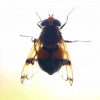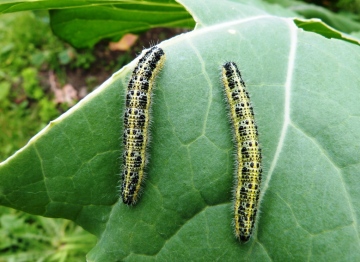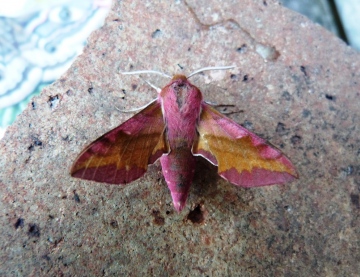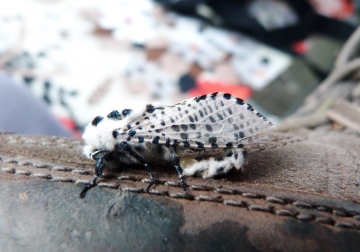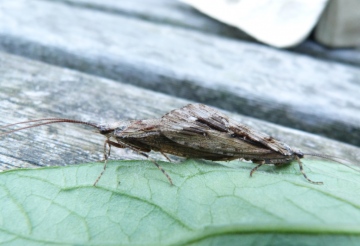I was happy to share my crop with the single Cabbage White that arrived in May as it is a butterfly after all and butterflies of any description were few and far between in the 'spring' but now it has gone and told its mates! Hopefully their offspring will stick to the leaves and not eat the flowers, which I am already beginning to harvest.
It has been a funny old year. At Blue House, Andrew, the stockman, was complaining that the grass had also 'bolted'; "all head and no body" is how he put it. There was plenty of it and it looked impressive but when you examined the individual plants there was often only one or two seed heads arising from the tillers rather than the half dozen or more normally to be expected. The annual plants such as vetches and vetchlings that usually tinge the meadows purple also failed this year. Virtually every living thing is late - plants, butterflies, dragonflies, moths and bees among them. Most birds also nested 2-3 weeks later than usual. Lapwings laid their first egg in the third week of April rather than the last week of March and although many on the reserve now have fledged young in tow, at least three pairs have hatched out chicks in the past week, an extraordinarily late date as they will not fledge until mid-August.
Still, now that the hot weather has arrived, some species are making up for lost time. Following the quietest spring for moths in the garden since I first began trapping in 1990 it is turning into one of the best summers for over a decade. Two recent captures have been my first Small Elephant Hawk Moth
and the equally beautiful Leopard Moth, a curious beast which tries to curl into a 'ball' like a caterpillar when threatened, as can be partly seen on this photograph.
Last week I counted 900 Meadow Browns on my weekly butterfly transect at Blue House, a number that could well be exceeded tomorrow if I can persuade myself to brave the heat. There were also a few Marbled Whites on the wing while last Saturday I was treated to excellent views of a Silver-washed Fritillary at Twitty Fee, Danbury. It is great to see this species on the increase in Essex again. Small Tortiseshells are also making a comeback this summer after more than a decade in the doldrums, and Rob Smith, the FC butterfly recorder, counted over 100 nectaring on thistles along the River Wid close to here a week ago,
Finally, a shot of a pair of very impressive Caddis Flies, which turned up in my moth trap last night.
I think they might be Phryganea grandis, Britain's largest species but there is apparently a very similar species (there always is!), namely P. striata. They presumably emerged from my small garden pond, as do the numerous other Caddis that turn up in the trap, but following days of boiling weather I fear that it is more of a bog than a pond at the moment.





